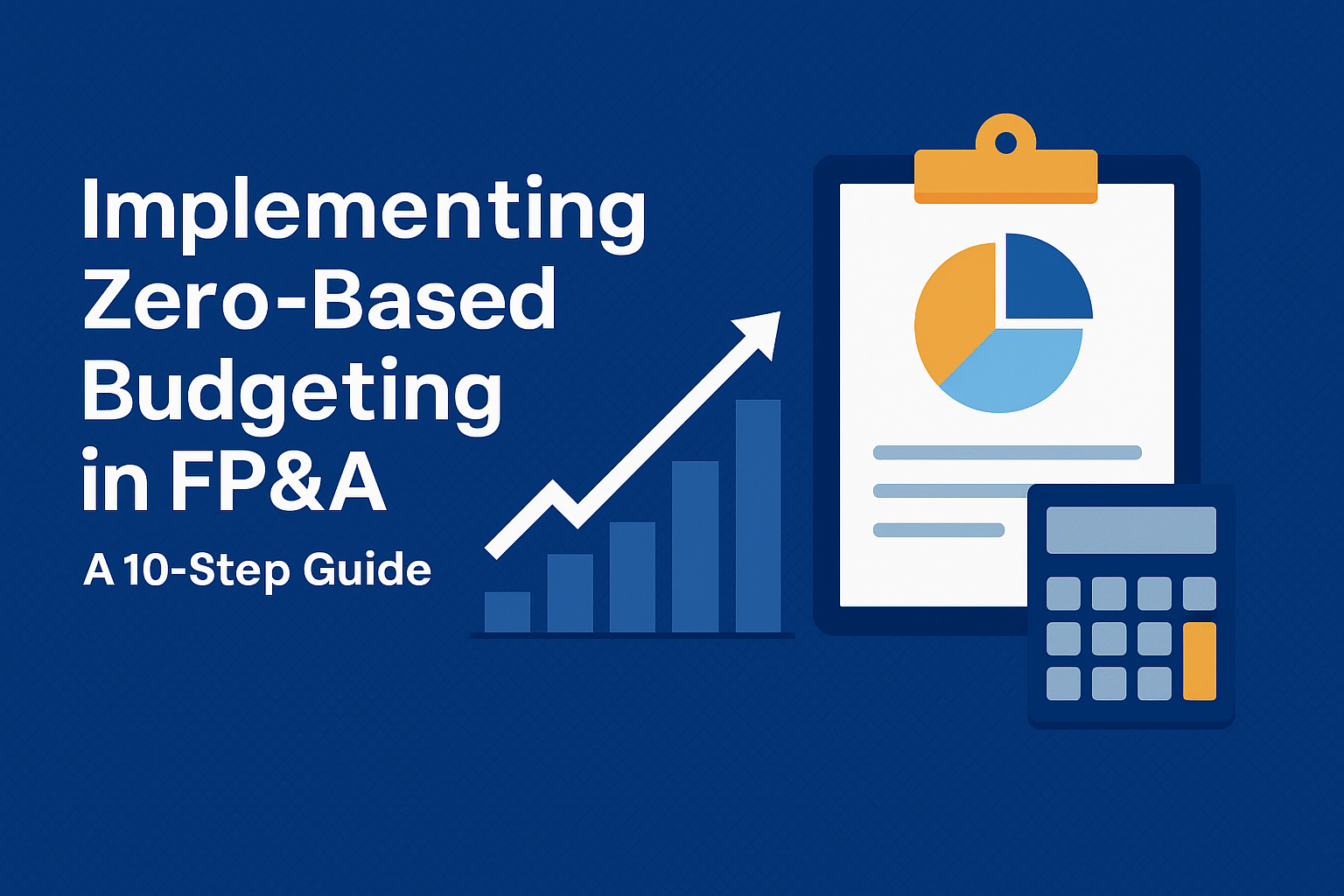How a 120-Year-Old Company Unlocked Forecasting Value
There’s this idea floating around that forecasting is a young company’s game. Fast, agile startups pivoting on a dime. Old companies? Too slow. Too political. Too stuck in their ways.
I used to believe that too.
Until a friend of mine who works at a 120-year-old manufacturing company told me how they completely transformed their forecasting—and turned that narrative on its head. Hearing their story taught me something about where the real forecasting value comes from—and why most companies, old or new, miss it.
This is their story. And if you’re a CFO or operator thinking your forecasting is “good enough,” I’d take a closer look.
The Setup: Complexity Hiding in Plain Sight
The company made precision-engineered components. Big industrial clients. Global supply chains. Multiple product lines.
On paper, they had forecasting “covered”:
- Monthly P&L forecasts
- Variance reports by region
- Management reporting deck
Looked fine. Except—sales kept surprising to the upside or downside. Inventory swings caught them flat-footed. Cash flow forecasts were off by 10-15% regularly.
The board was asking questions. Operators were frustrated. Finance was tired.
That’s when my friend’s team decided to change things.
The Problem: The Forecast Was Too Pretty
Here’s what they found:
- The forecast was driven by a single, consolidated model—beautifully formatted.
- Inputs came from high-level rollups—often averages of averages (aka spreadsheet fantasy math).
- There was little input from actual operators.
- Scenario planning? Nonexistent.
In short, the forecast was too pretty. It smoothed over complexity instead of surfacing it.
You could almost hear the board collectively nodding—right up until the numbers blew up.
Sound familiar?
The Shift: Building Forecasting Value from the Ground Up
They didn’t overhaul everything overnight. They started with mindset shifts—then tactical changes.
1. Reframe Forecasting as an Operating Tool
First, they had to stop treating forecasting as a Finance-owned report. They reframed it:
Forecasting = Operating Decision Support
That meant operators had to own inputs. And Finance had to facilitate, not dictate.
Or as my friend put it: “We stopped being the spreadsheet police and started being copilots.”
2. De-layer the Model
They decomposed the monolithic model:
- Product-level drivers for Sales
- SKU-level inventory forecasts
- Region-specific FX and COGS assumptions
- Cash forecasting tied to actual receivables/payables behavior
Was it messier? Yes. Was it more accurate? Absolutely.
And bonus: once operators saw their own assumptions reflected, they started caring. A lot.
3. Implement Scenario Planning
They added structured scenario planning:
| Scenario | Trigger Event | Key Impact Area |
|---|---|---|
| Base case | Current operating trends | All financial statements |
| Supply chain shock | Port closure or key vendor delay | Inventory, revenue, cash |
| Demand spike | Large client order upswing | Production, working capital |
Now Finance and Operators had a shared language for planning.
As my friend put it: “No more deer-in-headlights in ops meetings.”
4. Tighten the Forecasting Cadence
The old cadence? Monthly, and mostly for board reporting.
They shifted to:
- Monthly formal re-forecast
- Bi-weekly business review forecasts (lighter)
Why? In volatile markets, waiting 30 days to update your view is like driving a race car while staring in the rearview mirror.
5. Align Forecasting with Business Questions
They stopped asking: “Is the forecast accurate?”
They started asking: “What decisions does this forecast inform? And is it good enough for that?”
Examples:
- Inventory build decisions for Q4?
- Hiring plans for a new production line?
- FX hedging levels for Europe?
Forecast accuracy isn’t the goal. Decision usefulness is.
The Result: Forecasting Became a Competitive Weapon
Here’s what changed in six months:
| Before | After |
| Forecast variance >10% | Forecast variance <3-5% |
| No scenario plans | Three active scenarios |
| Operators disengaged | Operators co-owning forecasts |
| Forecast seen as “report” | Forecast used in ops reviews |
| Finance reactive | Finance driving scenario prep |
And the biggest win? They navigated a global supply chain shock far better than peers—because they had already modeled the scenario and knew where their exposure was.
Or, as my friend said after one tense board call: “We looked like we had a crystal ball. We didn’t. We had practice.”
Lessons Learned: Forecasting Value Comes from the Process, Not Just the Model
What this old company taught me:
- Forecasting value = alignment + insight + agility.
- The prettiest model in the world is useless if it’s not tied to operator reality.
- The Finance team that asks better questions wins.
And here’s a funny analogy I use with CFOs now: Your forecast isn’t a crystal ball. It’s a flight simulator. The more you train in it, the better you handle turbulence.
Why This Matters for CFOs and Operators
Too many companies think they’ve “checked the forecasting box.”
But here’s the test:
- Is your forecast built with operator input?
- Does it inform key operating decisions?
- Does it adapt as reality changes?
- Can your team run scenarios fast when needed?
If the answer isn’t a clear yes—you’re leaving value on the table. And in volatile markets, that’s a dangerous place to be.
Forecasting Is a Muscle You Build
This article took real time to write because I want more CFOs and operators to see forecasting not as an obligation, but as a competitive edge.
If you found value in it, please share.
And if you want to go deeper—whether it’s redesigning your forecasting process, building smarter models, or up-leveling your Finance team’s decision support game—I offer 1:1 consulting for Finance pros ready to level up. DM me if you want to talk.
And I’ll leave you with this question: If a board member asked tomorrow, “What’s the scenario plan if X happens?”—how fast could your team answer?
If that question makes you sweat—it’s time to fix it.









Leave a Reply
Want to join the discussion?Feel free to contribute!